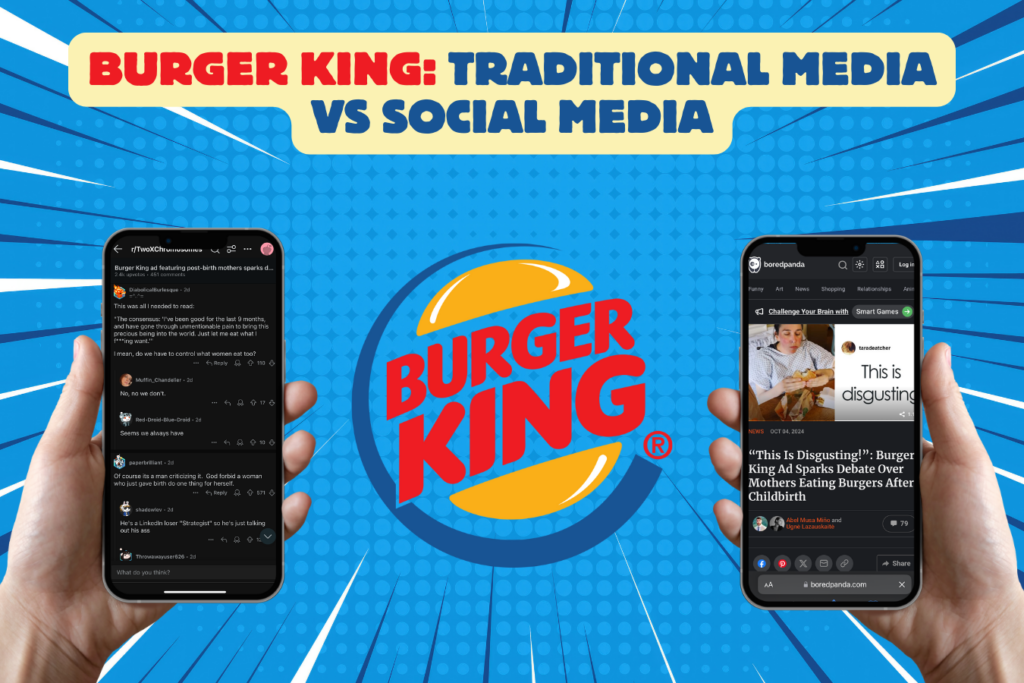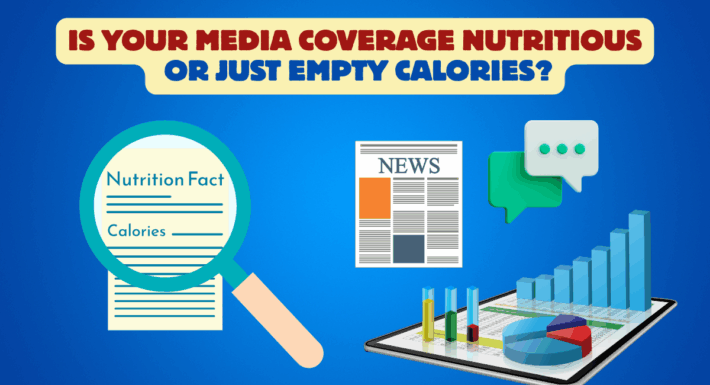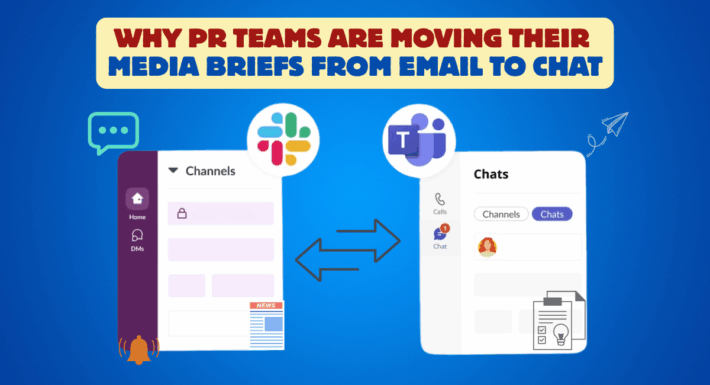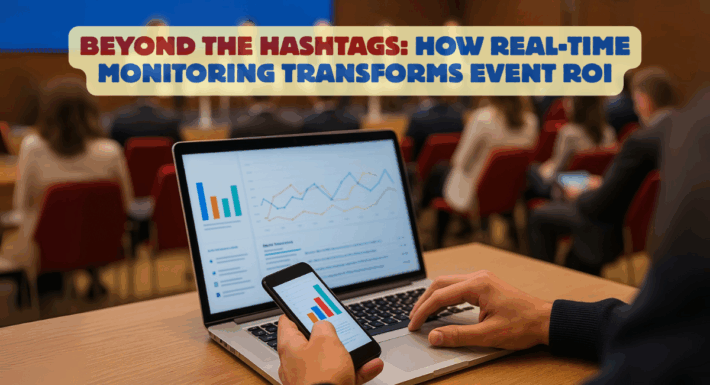Why Social Commentary Matters: A Deep Dive into Burger King’s Post-Birth Ad Reaction Across Traditional and Social Media

In today’s complex media landscape, understanding how campaigns are received requires more than just tracking traditional media. Brands need to monitor the full spectrum of commentary, including the rich, often personal discussions that unfold on social media platforms. Burger King’s “Bundles of Joy” ad, which featured post-birth mothers enjoying burgers, offers a striking example of how sentiment can diverge sharply between traditional and social media audiences.
Diverging Sentiments: Traditional Media vs. Social Commentary
Traditional media outlets criticized the ad for its portrayal of fast food as a postpartum reward, with arguments around the unhealthy nature of such food dominating the narrative. However, when analyzing social media, particularly a Reddit thread on the topic in the r/TwoXChromosomes subreddit, we saw a vastly different reaction. It’s worth noting the demographics of this subreddit, which has 14 million users and is likely predominantly female, as it is a space dedicated to women’s perspectives and discussions, moderated for respect and relevance. This demographic context is important in understanding why the ad resonated so strongly with this audience.
The social commentary, predominantly positive, highlighted the relatability of the ad for many women who shared personal stories about craving food after childbirth.
- Positive Sentiment (80%): The majority of Reddit commenters supported the ad, appreciating its relatable depiction of postpartum hunger. Women recounted their own experiences of being ravenous after labor, and many praised the ad for portraying a natural moment in a mother’s life.
- Neutral Sentiment (10%): A small portion of commenters neither praised nor criticized the ad, but acknowledged it as a conversation starter about postpartum experiences.
- Negative Sentiment (10%): A minority focused on the promotion of fast food and criticized the idea of linking unhealthy products with such a life-changing moment.
This stark difference between traditional media and social commentary underscores the importance of analyzing both to get the full picture of how a campaign resonates with different audiences.
The Power of Social Commentary
While traditional media criticized the ad’s health implications, social media platforms like Reddit revealed a more personal, supportive narrative. Mothers who had gone through labor celebrated the relatability of the campaign, sharing their own experiences of craving indulgent meals after childbirth. In contrast to the negative framing from media outlets, social users embraced the ad as a reflection of an authentic post-birth moment(GoodTo).
Why Analyzing Both Matters
The divergence in sentiment between traditional and social media highlights the importance of looking at both when evaluating a campaign’s success. Relying solely on traditional media might lead brands to think their message missed the mark, but social media often reveals valuable insights into how target audiences—like new mothers in this case—are reacting positively.
A Thoughtful Approach for PR Practitioners
For PR professionals, this case offers an important reminder: it’s essential to analyze both traditional and social media commentary to get a true sense of public sentiment. Social media platforms provide a direct line to your audience’s authentic reactions, often revealing insights that traditional outlets overlook. Failing to integrate social commentary into media monitoring can lead to a skewed perception of how campaigns are performing.
In a media landscape where every conversation matters, are you capturing the full picture? Consider how incorporating social sentiment into your analysis could enhance your understanding of audience engagement and campaign impact.




